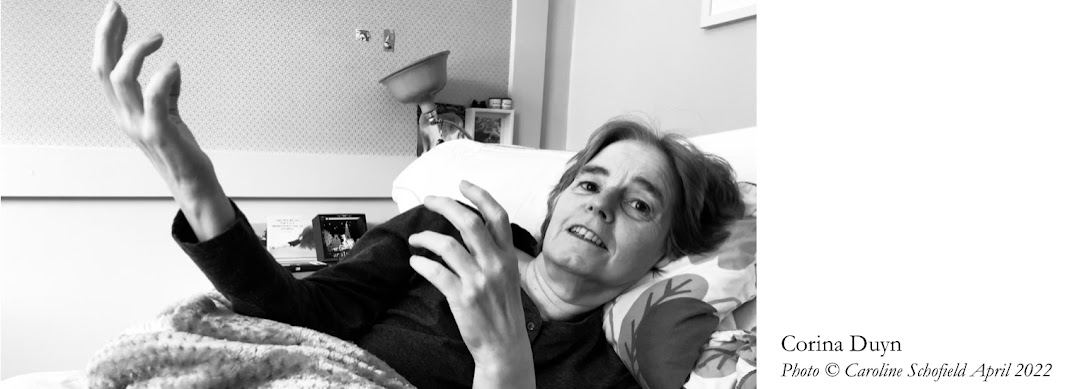From previous post:
 ... From these notes, you can find out what works for you and what does not.
... From these notes, you can find out what works for you and what does not.For example, you might realize that twenty minute social contact is fine. Half an hour creates more fatigue. Maybe walking for ten minutes is fine. Fifteen is too much. Spending time with one person is fine- with someone else it might not. Napping might not be as restorative as you had thought. Social media is fine during the day, but not at night... Lying in bed to write is good, sitting at the table is not. You get the idea.
On the sheets, like the sample above, it was suggested to write down everything you did, for how long, did it increase of decrease pain and fatigue or was it less, or the same?
To evaluate the findings
- Go back to the sheets you filled in
- Print or copy the evaluation sheet below (or email me and I forward it to you)
- write down the activity under the appropriate headings:
- more pain, "normal" pain, decreased pain - More fatigued, same, or less tired
- It is very important to add the time as well.
- for example: writing on computer 30 min - would be under the "more pain" heading.
- writing on computer for 25 minutes, under "normal" pain.
- same for fatigue
- From these notes it becomes clear which activities- and the length of time- are in your favour in terms of pain or fatigue, which ones cause problems, and which ones cause no problems.
- You can do this evaluation sheet for activities, but also for social contact, foods, sleep/wake patterns.
 |
| evaluation sheets to establish your baseline |
Setting the baseline
Baseline is the level at which you can do an activity in which you do not get worse in terms of pain or tiredness. As our days are never truly the same, it is wise to set a baseline of 80%.
- again taking computer time as an example.
- if, according the findings, 25 minutes of computer time is ok, set your baseline at about 80% of this, which is 20 minutes.
- This way you will not get to close to the point where "fine" turns into pain or fatigue.
- I set my timer for 18 minutes and then I have 2 minutes to finish up what I am doing.
- This limits the frustration when the timer goes off...
- Go through all your sheets and see if a pattern emerges. (it most likely will)
- Again be meticulous.
This exercise obviously represents a moment in time.
When I experience more issues again with pain or fatigue, I look at certain activities again.
I worked out my computer time, my sculpting time, my time in the garden, lenght of phone calls, etc.
I find Pacing a hugely valuable tool
- Pacing is learning to stop before pain or tiredness gets worse
- it will give you more control over your day
- The baseline should be used on ‘good’ days and ‘bad’ days. To begin with you may find it difficult to
- You can achieve more by pacing than by keeping going.
- Living with llness becomes living with wellness
Any questions - Contact me, and I try to get back to you as soon as I can.
Be Well.

This is very helpful. I am finding the self discipline challenging, I am still of the "make hay while the sun shines" and then suffer the consequences, so I need to practice these skills.
ReplyDeleteDear Sue.
ReplyDeleteI still too have to listen to my own wisdom... :-)